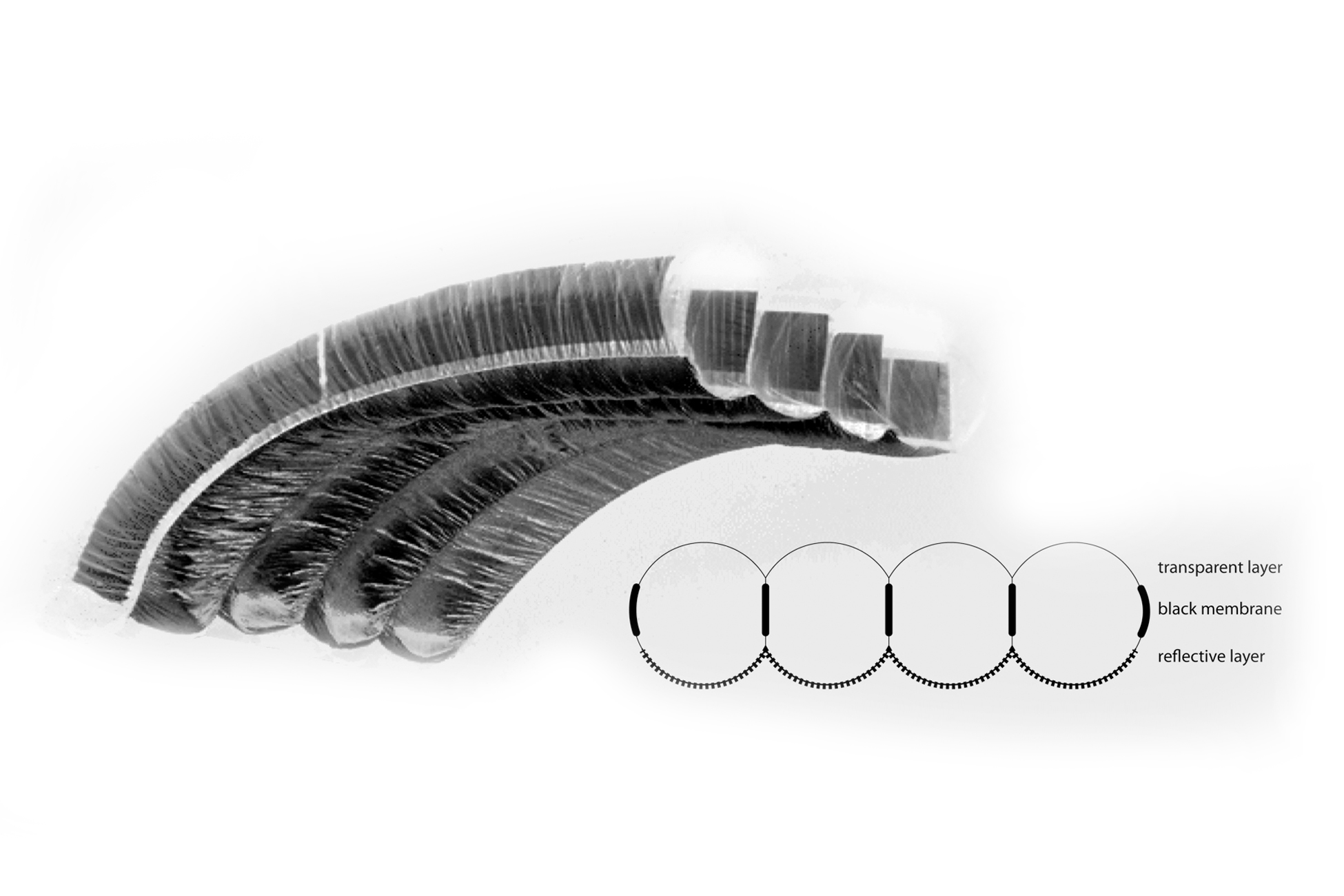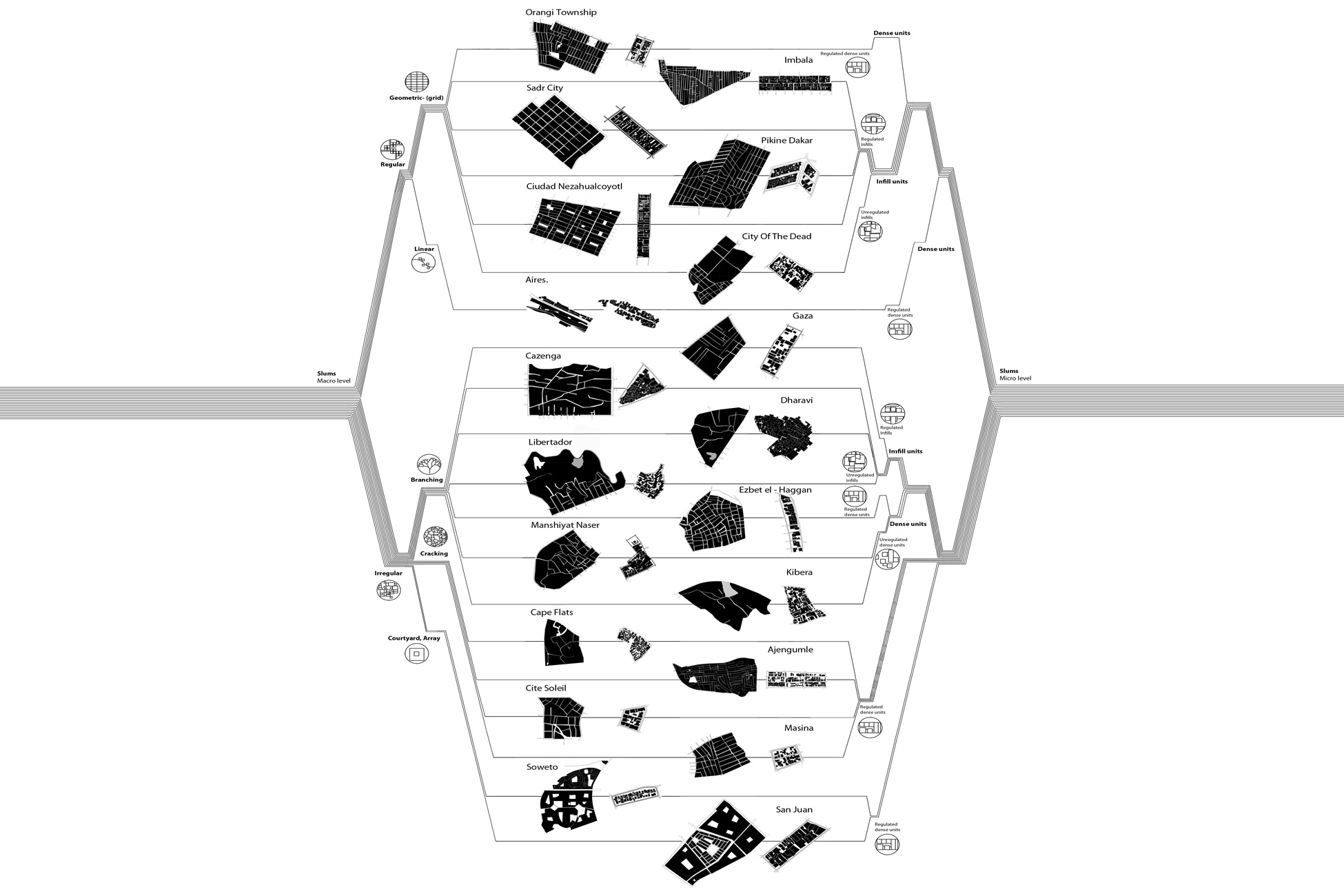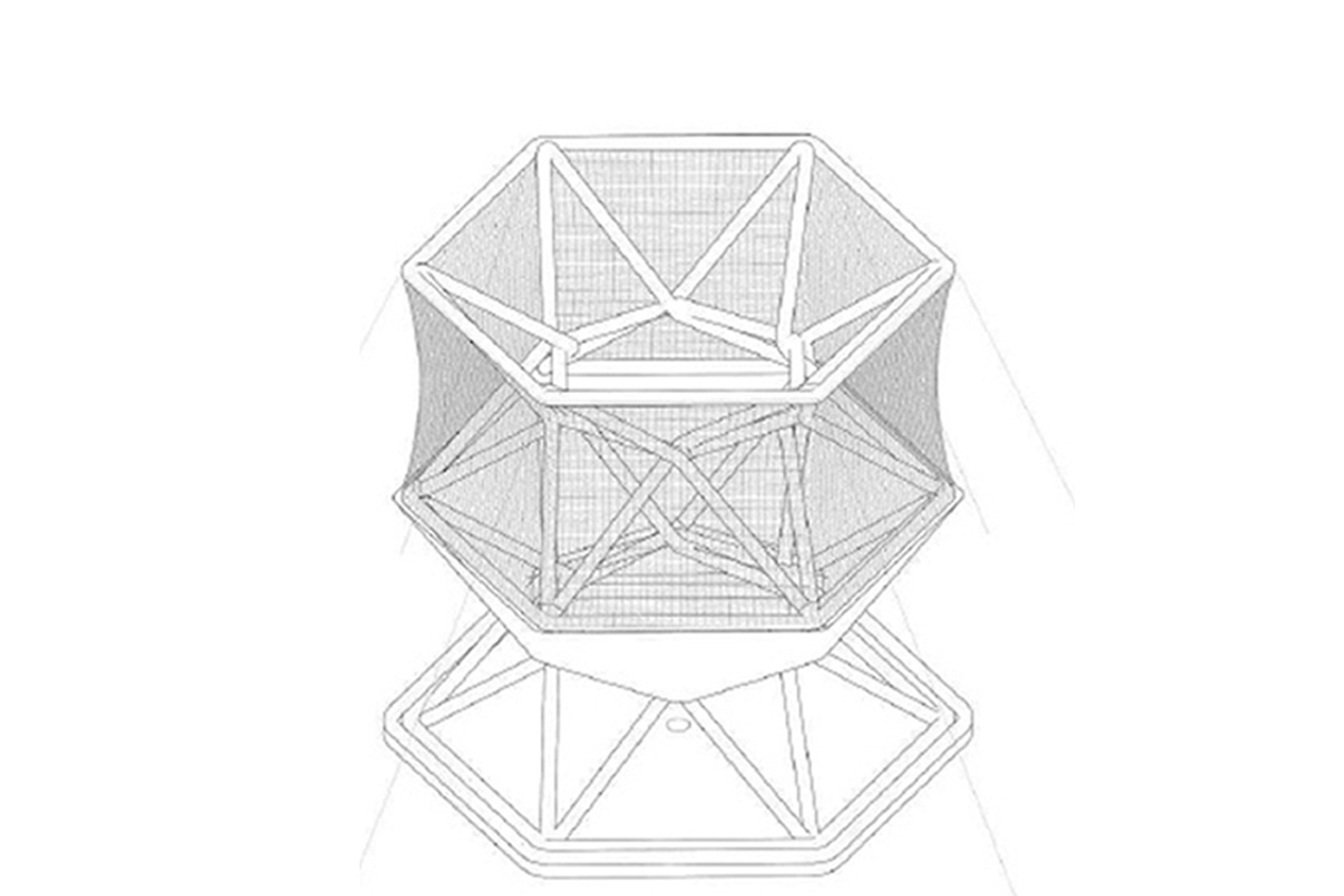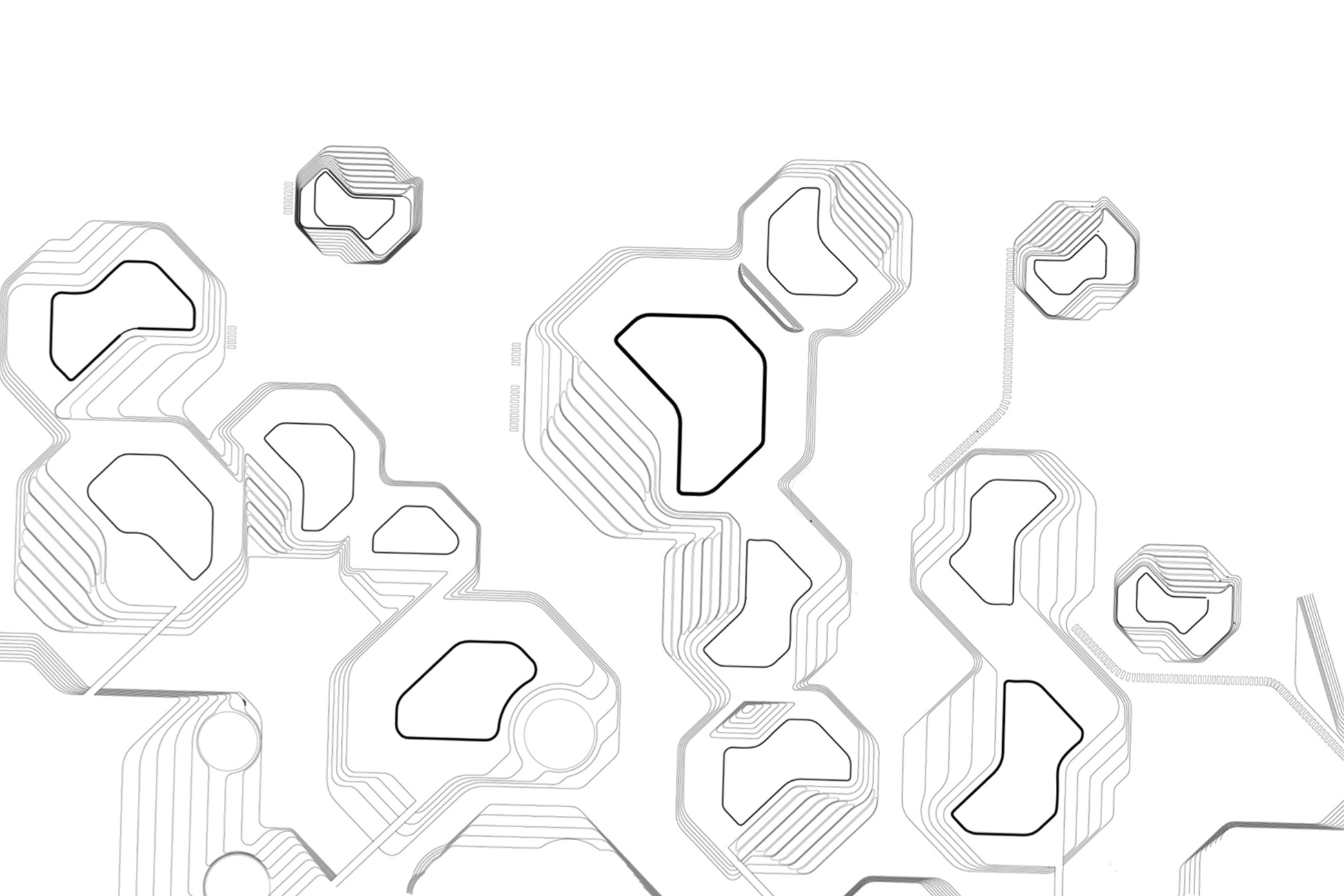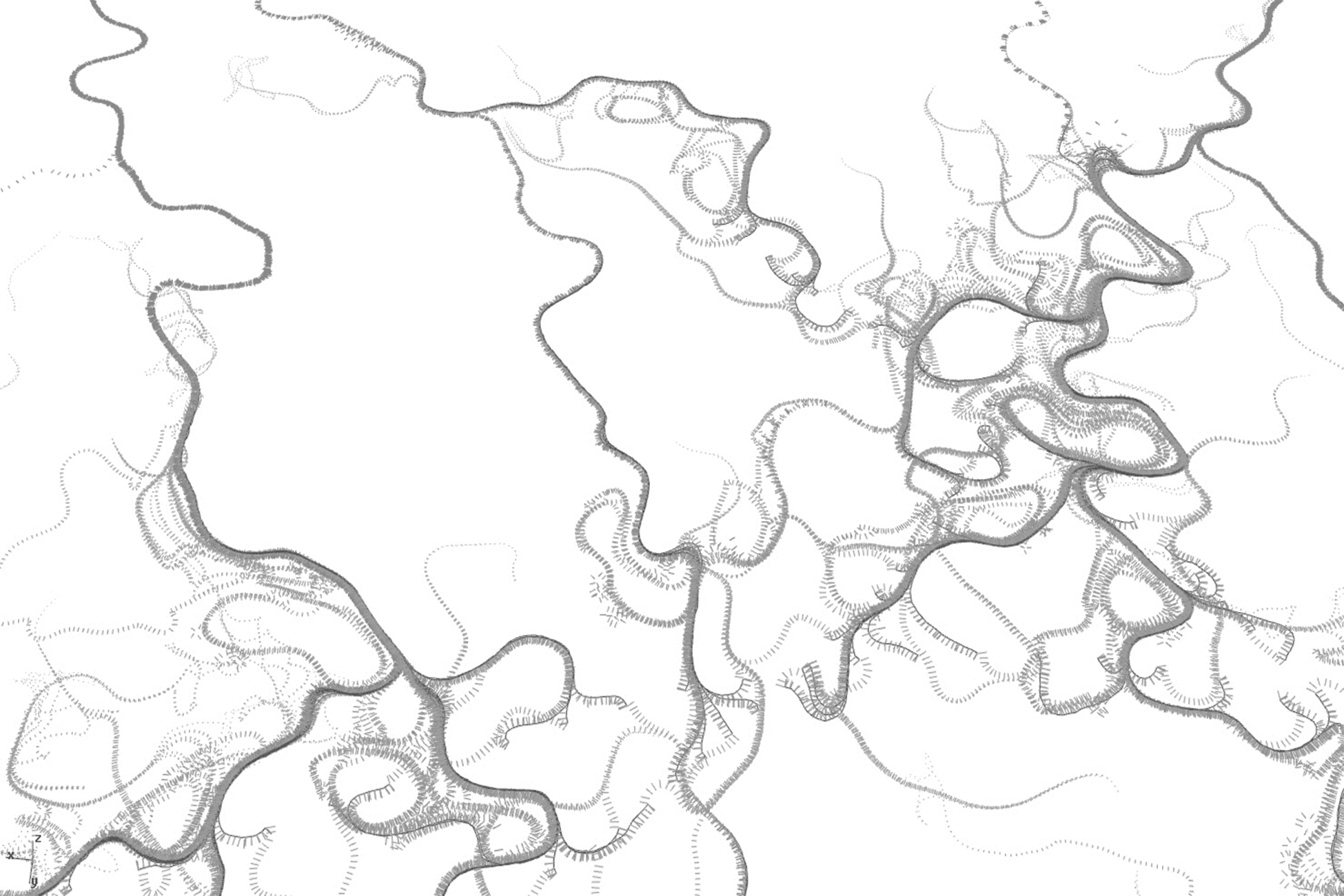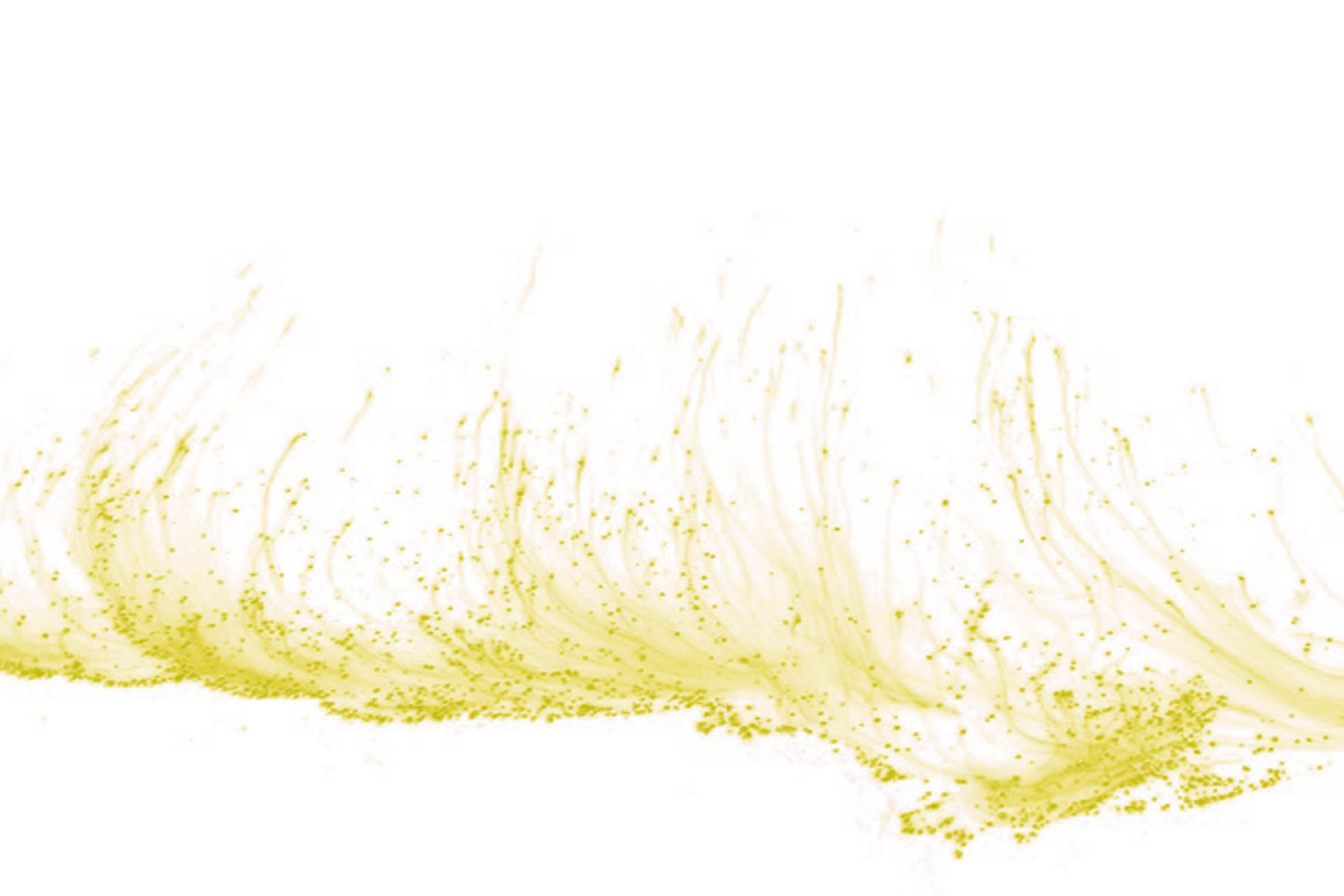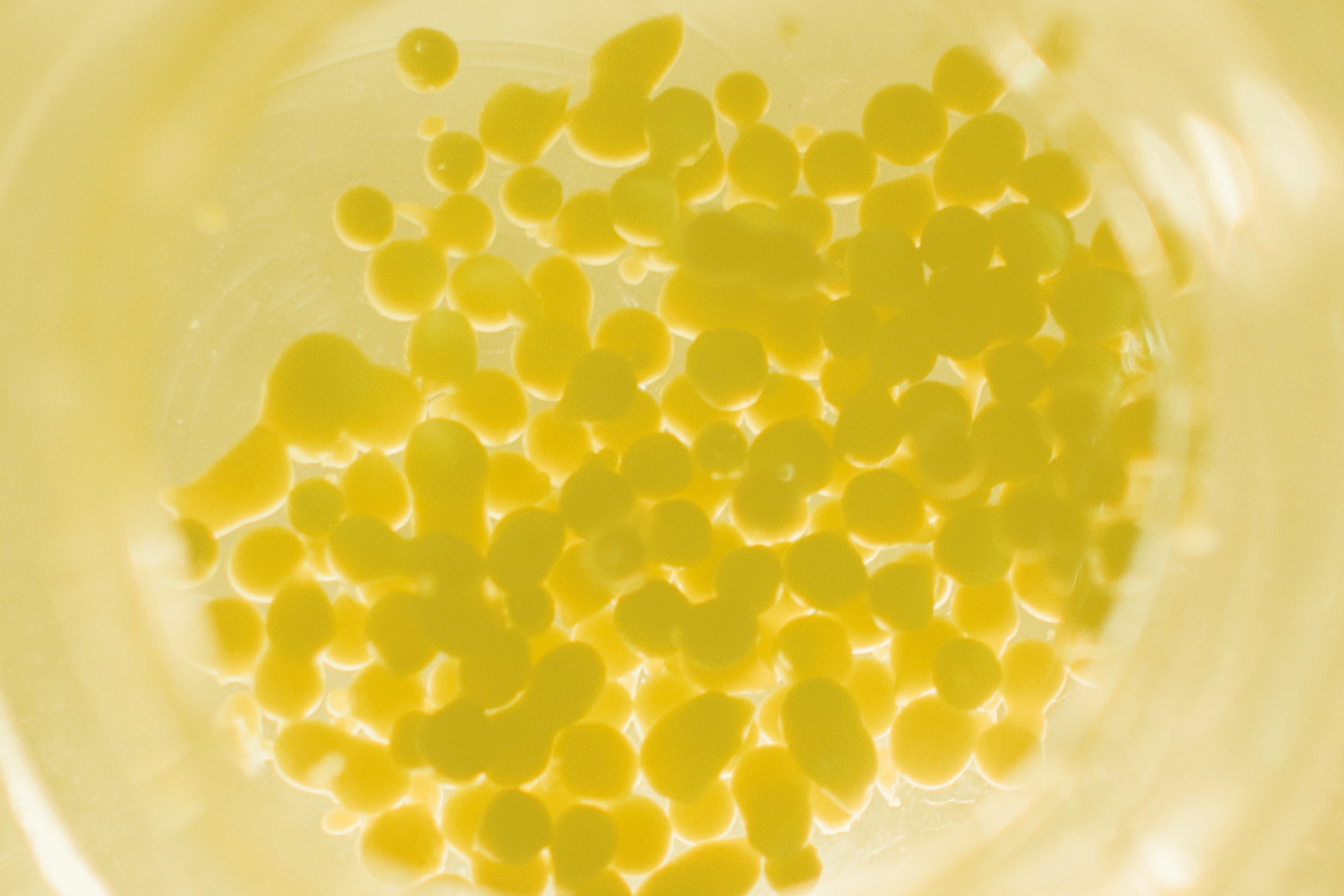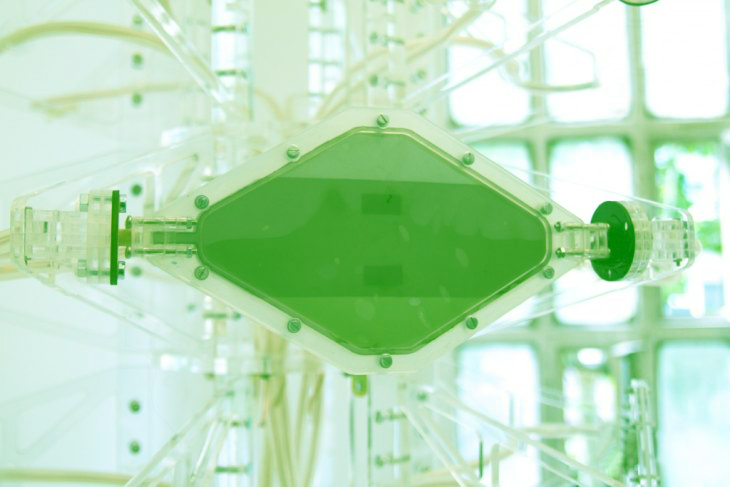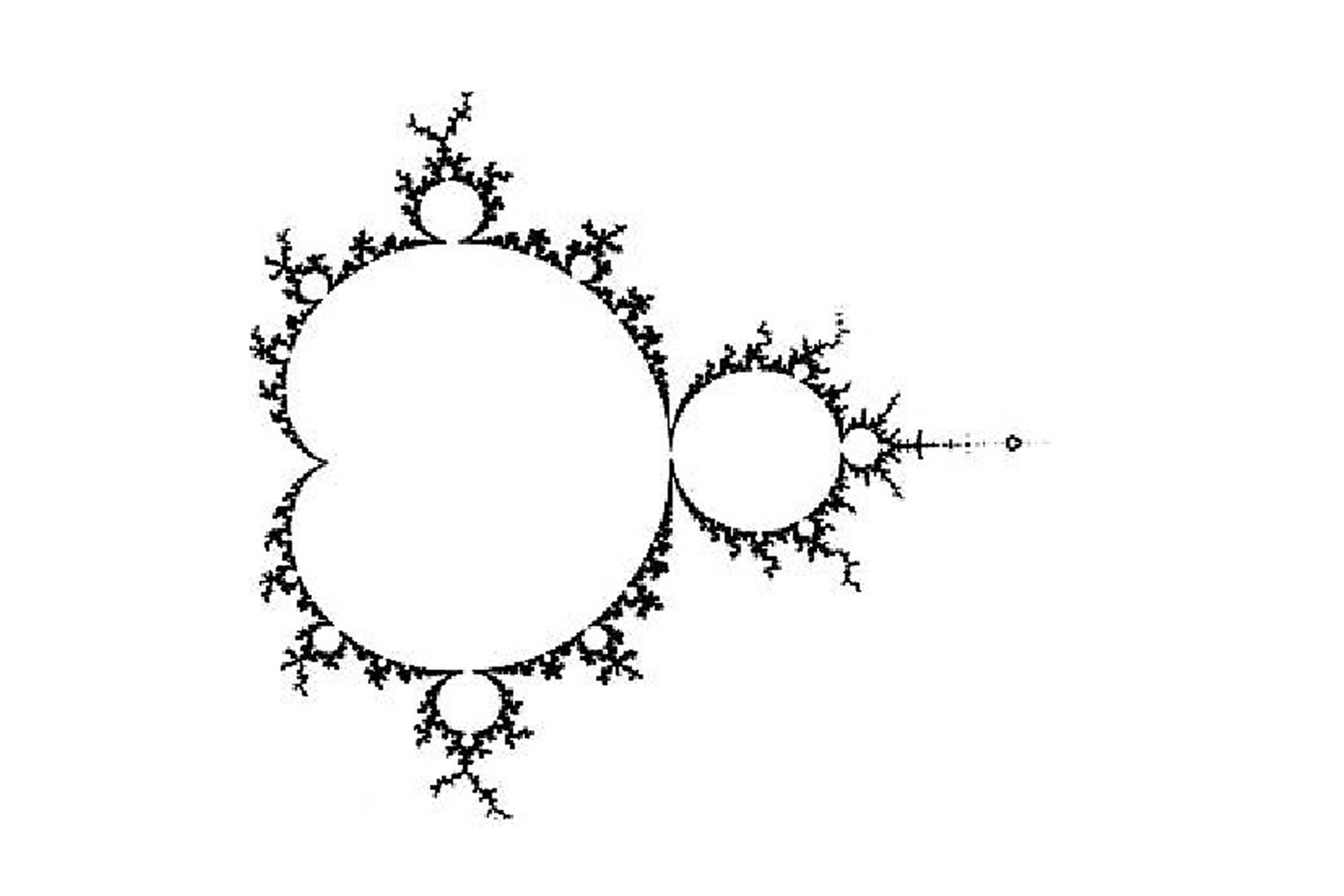
At the core of our work lies a continuous exploration of new concepts and ideas. We believe that the role of the architect is to interpret the ever-changing social, cultural and technological context, in order to shape better living environments that respond and adapt to the outside conditions.

